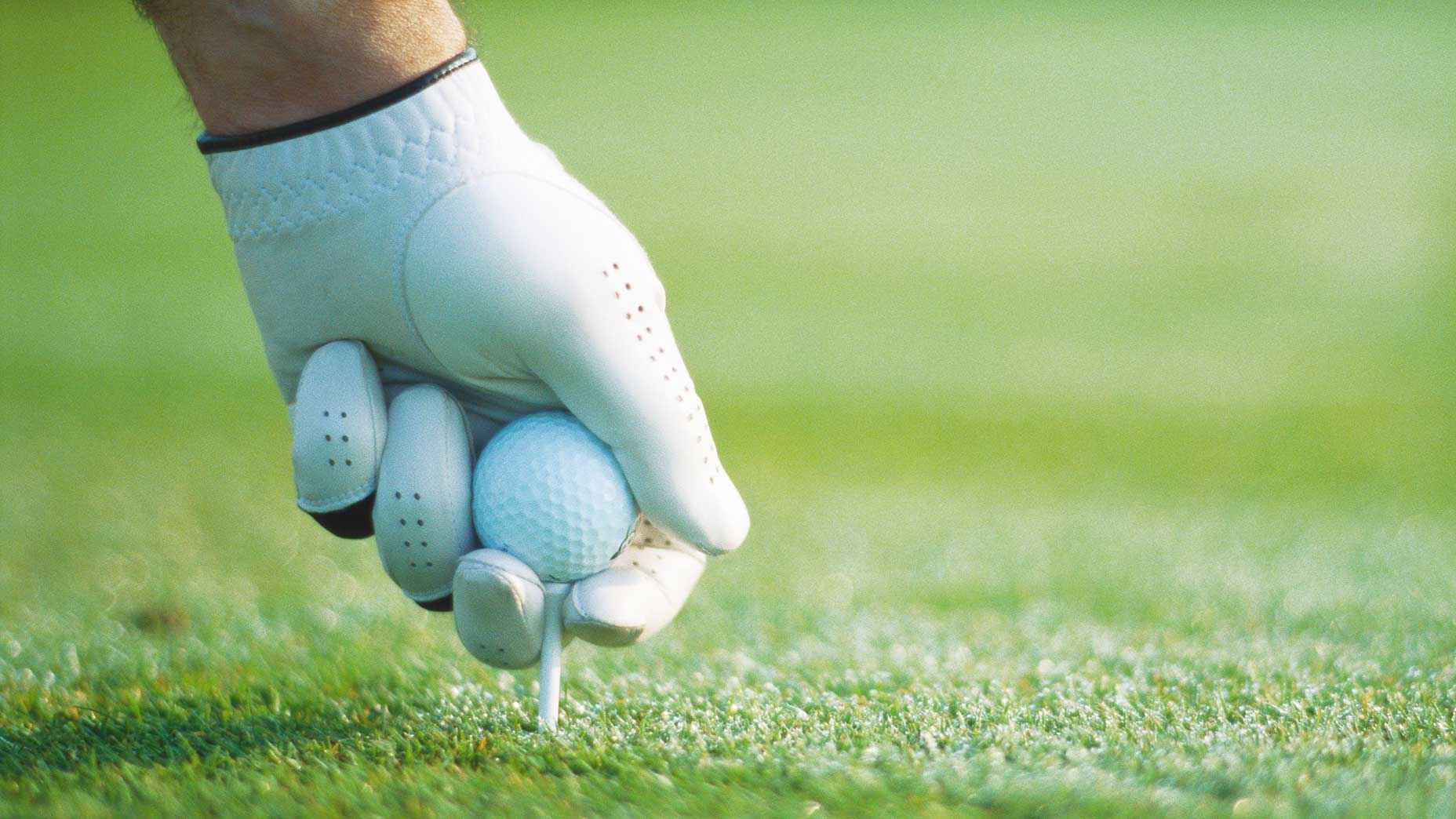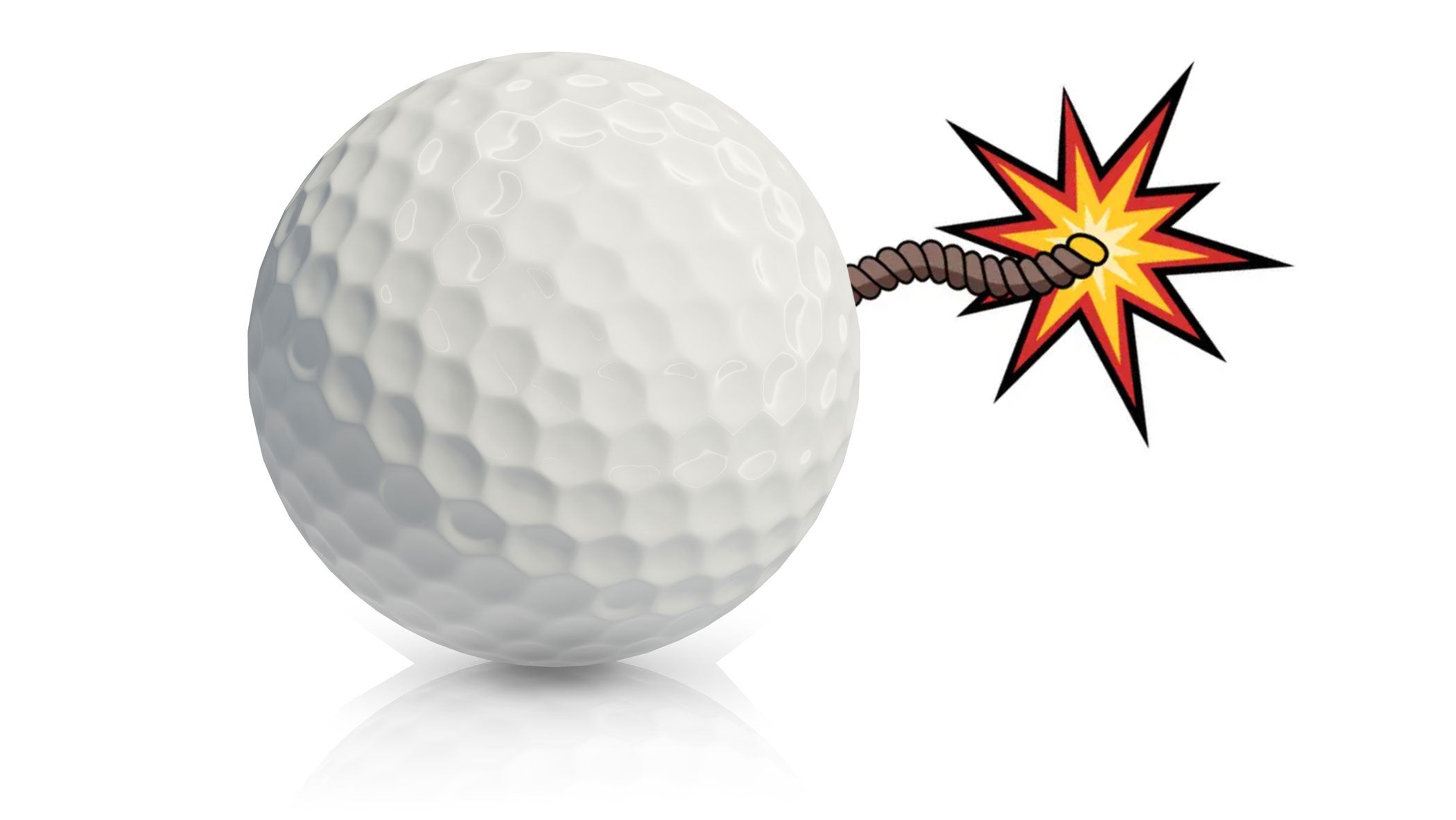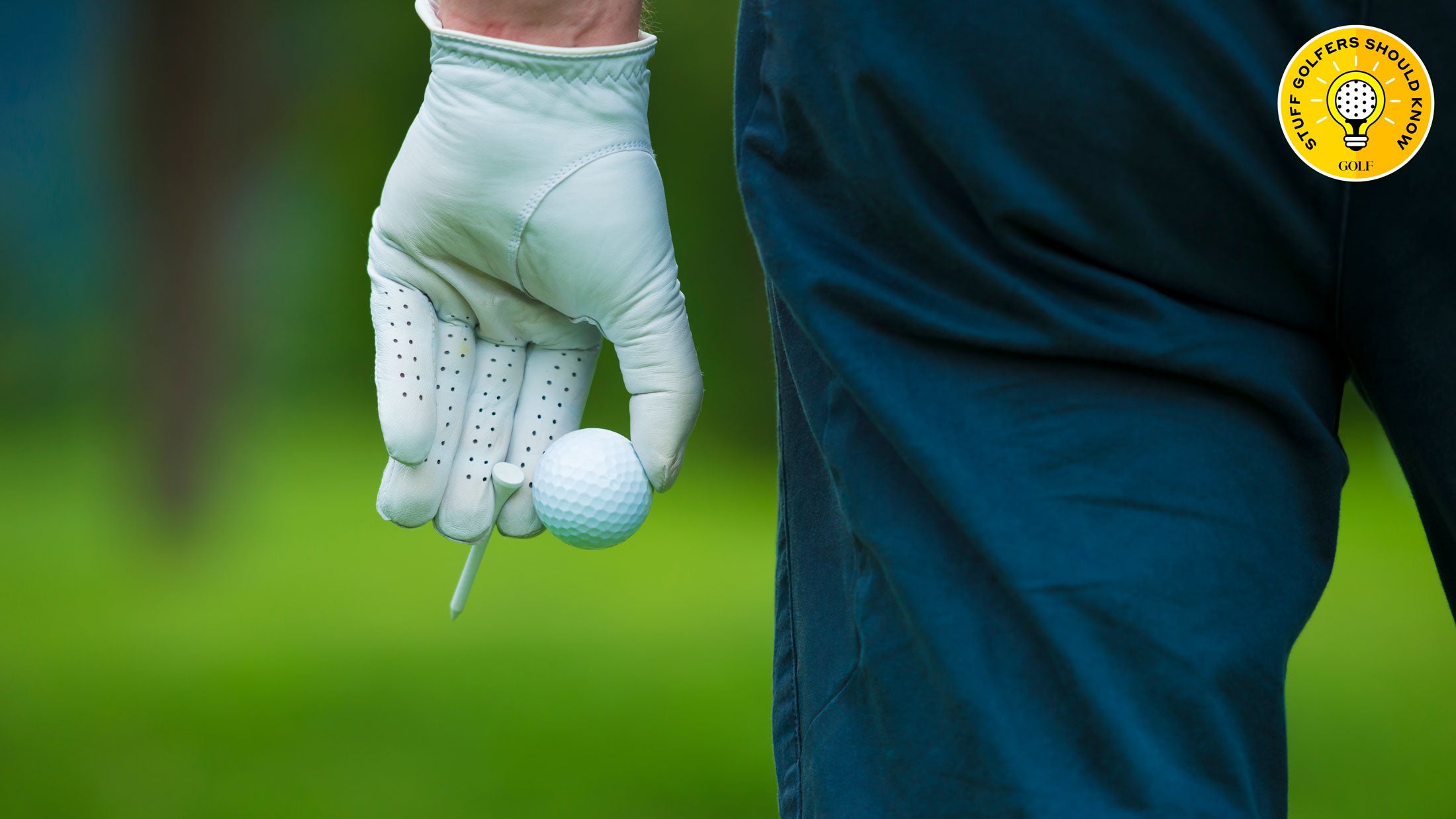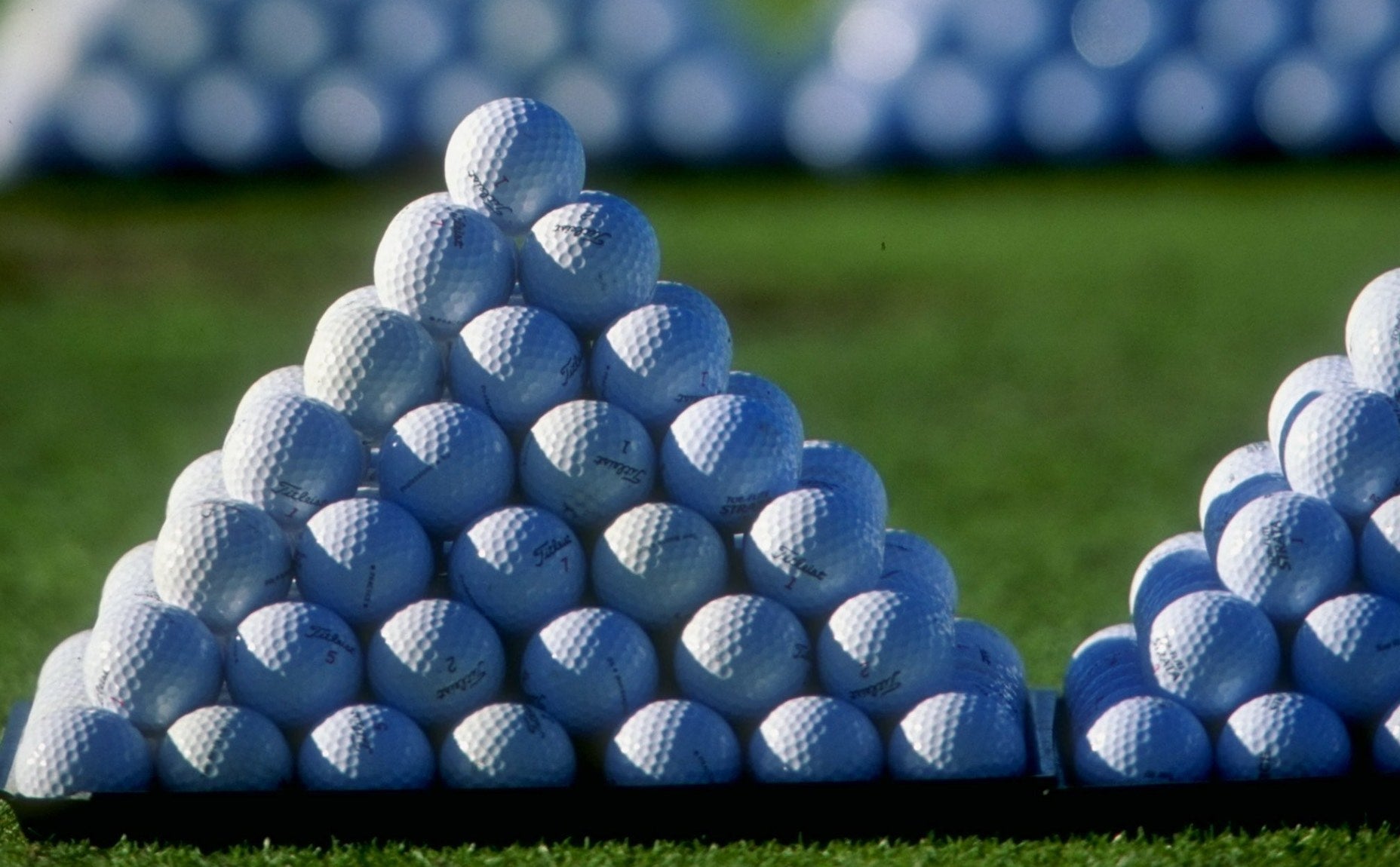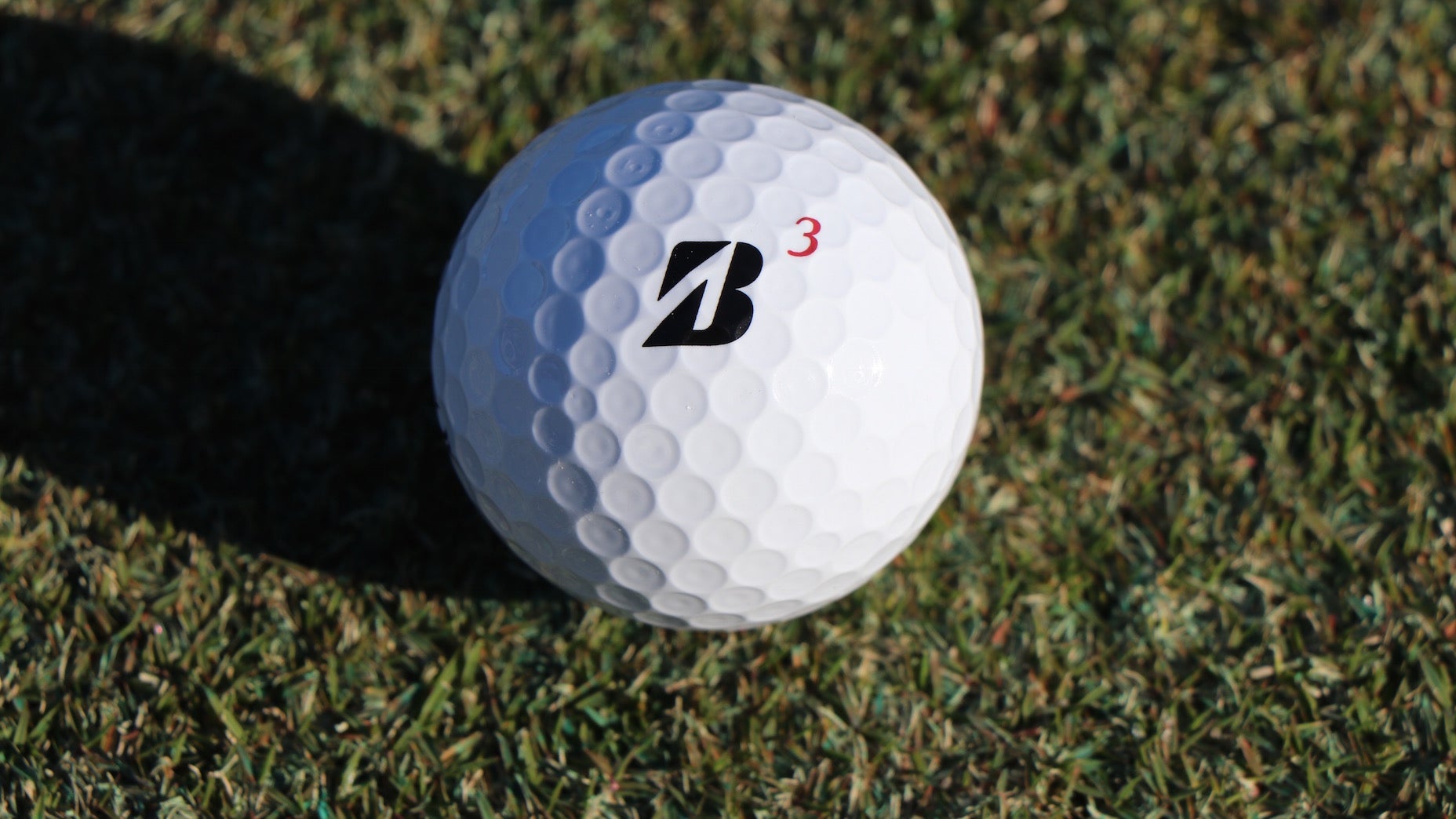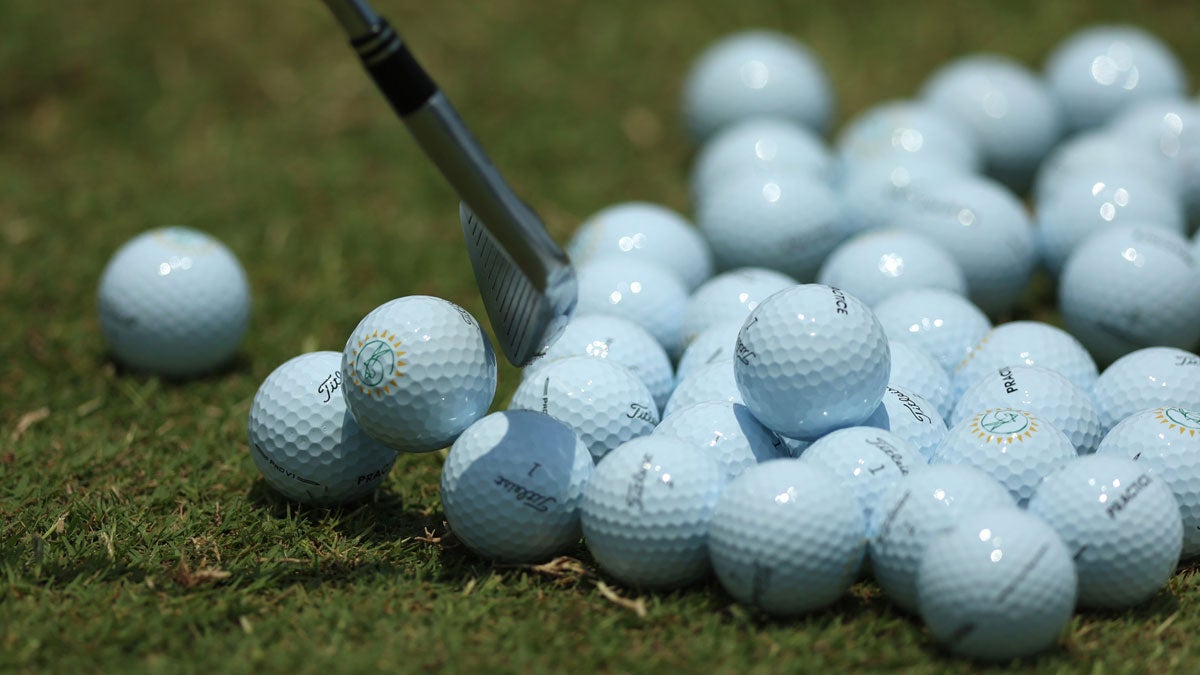3 ways equipment companies could roll back golf-ball distance

With the golf ball rollback plan now in place from the USGA and R&A, we dive into how equipment manufacturers could make shorter golf balls.
Ryan Barath/GOLF
With the official news that the USGA and R&A plan to have a unified rollback of the golf ball starting in 2028 for professionals and 2030 for golfers at all levels, the equipment manufacturers now have to figure out how they will get their golf balls to conform to the new regulations without sacrificing performance.
From an engineering perspective, there is more than one way to solve this problem, but each solution could also bring with it its own unique challenges. Although we’re not golf-ball engineers, we have had the opportunity to speak with several. Here are three ways the golf ball could be limited for distance.
Aerodynamics and size
The aerodynamics of a golf ball might seem pretty simple, but controlling a golf ball’s trajectory at a variety of speeds involves a lot of complicated math and advanced 3D modeling to deliver a consistent ball flight for all clubs. The core principle for engineers when it comes to dimple designs is maximizing lift, while also reducing drag. At the fastest speeds with a driver, a golf ball must stay in the air as long as possible without creating too much drag, resulting in lost speed and distance.
It is theoretically possible that golf ball manufacturers could leave all other components of the golf ball (the core and mantle) the same and create an intentionally higher drag dimple pattern that would slow down the ball at faster speeds, resulting in the golf ball conforming to the new regulations set forth by the governing bodies.

It’s also possible that all of the specs of the golf ball could be left the same, but the size of the golf ball is marginally increased to create more drag. This is an option because the Rules of Golf only limit size in the smaller direction and not the larger one.
One more interesting fact about larger golf balls is that their size and aerodynamics make them more forgiving for golfers on the lower end of the clubhead-speed spectrum, so some golfers might find they hit this style of golf ball farther than one made to the minimum size requirements.
Mass
Just like with size, the Rules of Golf only have a limit to how heavy a golf ball can be (1.620 ounces; 45.926 grams) but do not have a limit on how light a golf ball can be.
Even though a lighter golf ball could potentially have a higher initial velocity, the forces applied to the golf ball after impact (wind resistance) would have a greater effect on the ball’s flight. It would start to slow down faster than a golf ball at the limit of mass — kind of like how a ping-pong ball or pickleball reacts after impact.
This change would require engineers to design core layers with a lower density, and at that point, the challenge would be creating a less-dense golf ball that still maintains its compression properties. Lower-compression golf balls absorb more energy at impact, which results in lower initial ball speeds.
Compression
Compression is the hardness rating of a golf ball, and in a very general sense with all other factors being equal, a lower-compression golf ball will not create the same ball speed as a harder one since the energy transfer is lower since there is greater deformation at impact. An easy way to think of this is how the suspension works on your car — the more it compresses and absorbs energy the less energy gets transferred from the axle to the body of the car, and you get a smoother ride.
Now when it comes to some modern low-compression golf balls, the potential distance loss from extra deformation can be negated with aerodynamics, but even with that option golfers with higher clubhead speeds can still over-compress a low-compression golf ball. The higher the swing speed, the greater the compression and the greater potential for less distance.
Not all is lost though, because just like when talking about larger golf balls, low-compression golf balls can have a positive impact on recreational golfers because they generally spin less, which means fewer offline shots. They can also mean more distance for those who don’t create ideal launch conditions.
So no matter how engineers choose to alter golf-ball performance, we do know that it’s the highest swing-speed golfers who are going to see the biggest difference — and we could even see many changes have a positive effect on recreational players.
Want to overhaul your bag for 2024? Find a fitting location near you at True Spec Golf.


